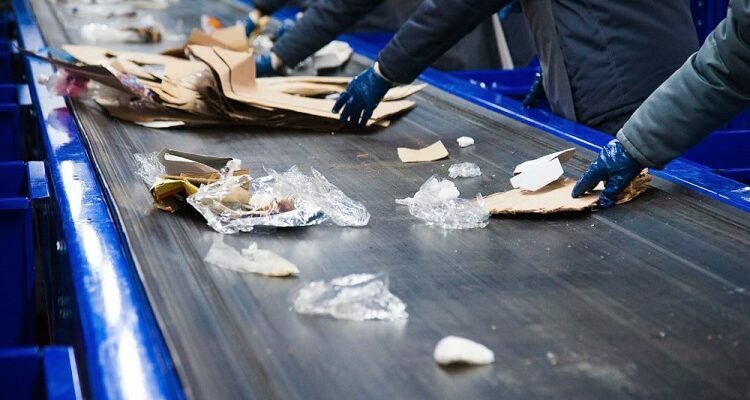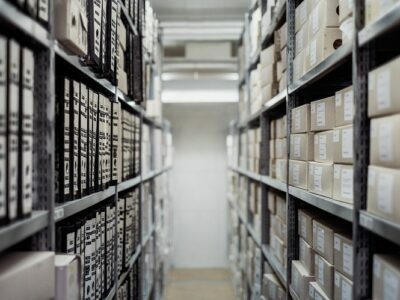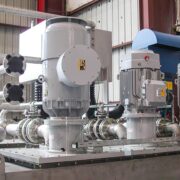The recycling industry uses a process called industrial screening, which separates the recyclables from the garbage by suspending them in a stream of air. This process can be done using a variety of machinery but is most commonly performed by rotating screens. This post will explore how industrial screening is used in the recycling industry.
Table of Contents
1. Separates Different Types of Recyclables
In industrial equipment, the screen separates the materials using a series of blades. A rotary drum speed specifies the design of industrial screens and the number of screens installed. Each machine has a specific throughput or volume flow rate, which can be modified by adjusting this setting. Choosing the correct diameter for industrial screens will also affect the quality of industrial screening.
This equipment must also be able to screen out foreign objects such as dirt, rocks, and plastic caps. This is done by choosing the right screen mesh size. Mesh size is measured by the number of openings per linear inch. It can range from four to eight inches, with a two-inch diameter being the average.
2. Recycling from Solid Waste Streams
In addition to recycling from homes, some recycling facilities also extract recyclables from municipal solid waste streams. This is beneficial as it heightens the number of recyclable materials that can be repurposed. Besides recycling aluminum cans and plastic, industrial screening can also extract glass, paper, and cardboard.
Recycling facilities use a rotating drum that has a series of screens. Each screen is a different size to capture a different type of recyclable material. The materials are collected from the rotating drum and baled for shipping to end-users.
3. Sorting Recyclables for Different Uses
While most residential recycling programs only sort paper, aluminum, and plastic, industrial recycling facilities can sort materials into more specific types of recyclables. This process is crucial for ensuring that the end product meets the specific needs of its intended consumer. Because the aluminum industry uses recycled aluminum to make new products, recyclables must be sorted by density. This is done through the use of hydro cyclones. Hydrocyclones separate the recyclables by what is called hydro cyclonic separation. The hydro-cyclone separates materials based on their density and centrifugal force.
Hydrocyclones are designed to act like a centrifuge, forcing more dense materials to one side of the device while less dense ones are pushed to the other. As this process occurs, the material is washed with water at high pressure. This process is known as hydrodynamic separation or washing. After the materials are separated, contaminants are removed using a vacuum.
4. Sorting Recyclables for End Use
Once the recyclables have been sorted, they are then combined into bales that are bound with either paper or plastic. These bound bales are then bundled into pallets that are then bound to each other. These pallets are then loaded onto trucks, rail cars, or containers shipped to end-users.
5. Creating New Products
While industrial recycling screeners can extract aluminum cans and plastic, they can also extract glass and paper. The metals used in industrial recycling include aluminum, steel, and iron. When aluminum is extracted from the waste stream, it is melted down and made into new products. One of the most common uses of industrial screening is in the production of aluminum cans and plastic bottles. The recyclables in these products are separated from other materials after being melted.
To create a sustainable world, humans have begun to recycle. Industrial recycling is the core of sustainability efforts as it recycles materials that would otherwise end up in landfills. Industrial screening is a key component of industrial recycling, as it is used to separate the waste by density and design.



















Comments